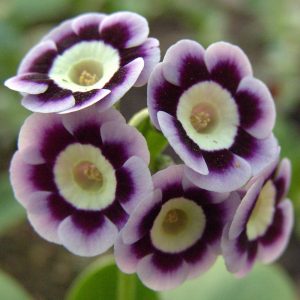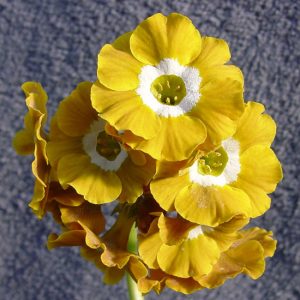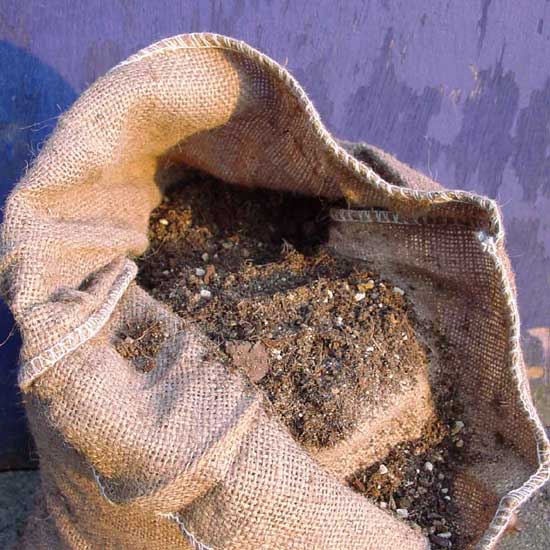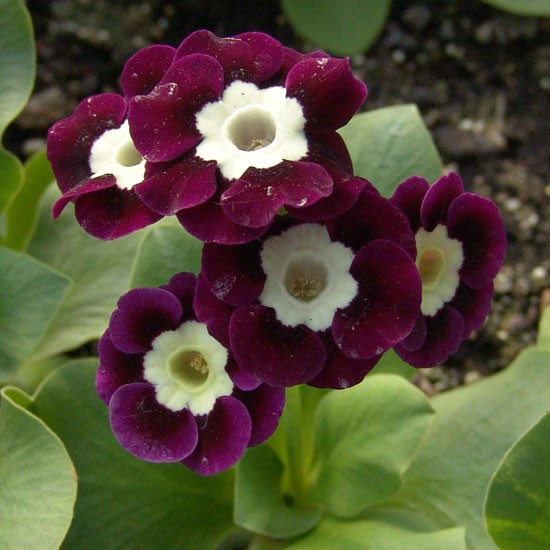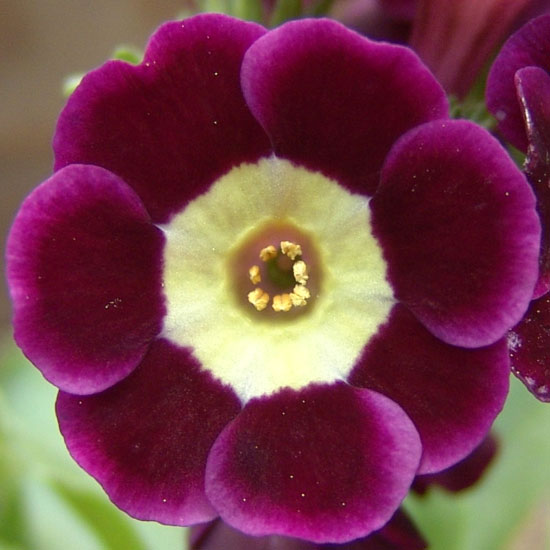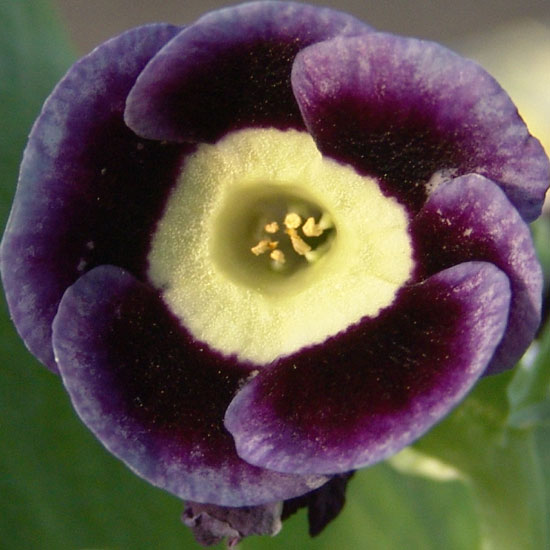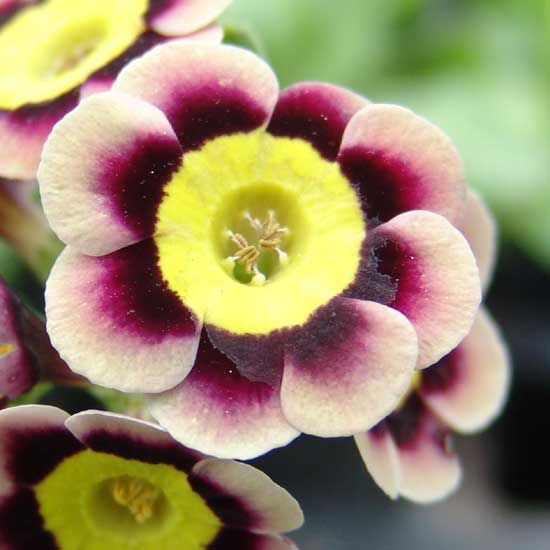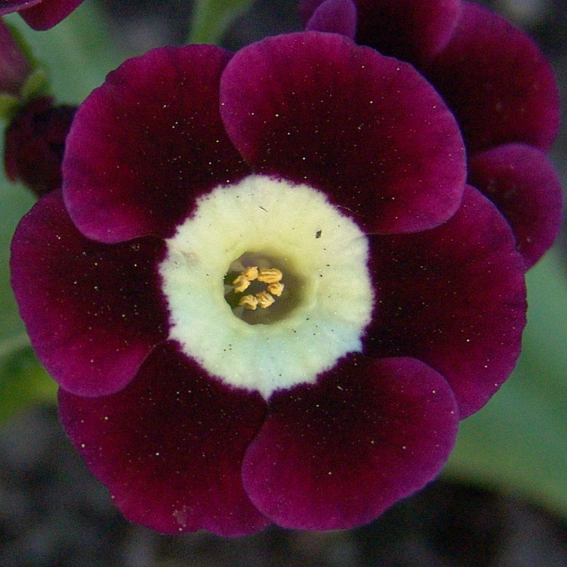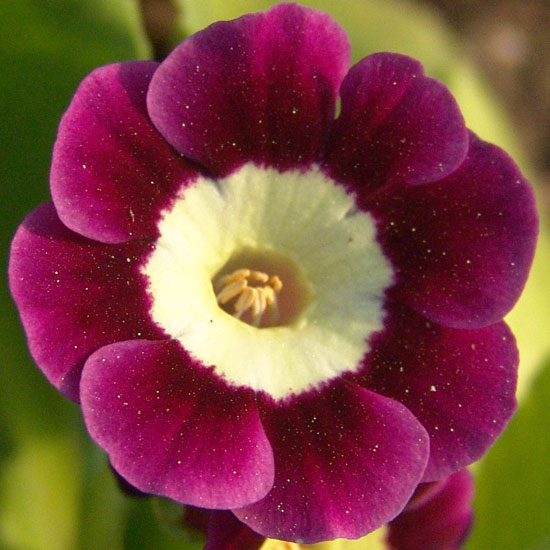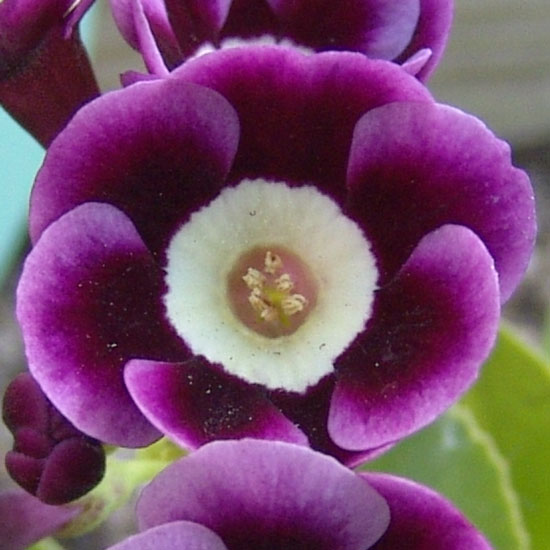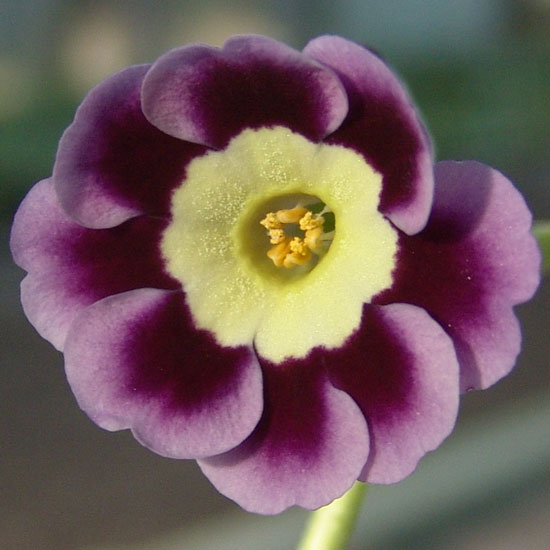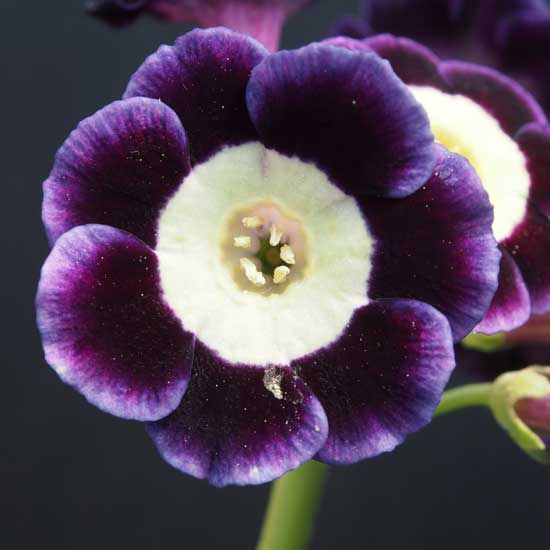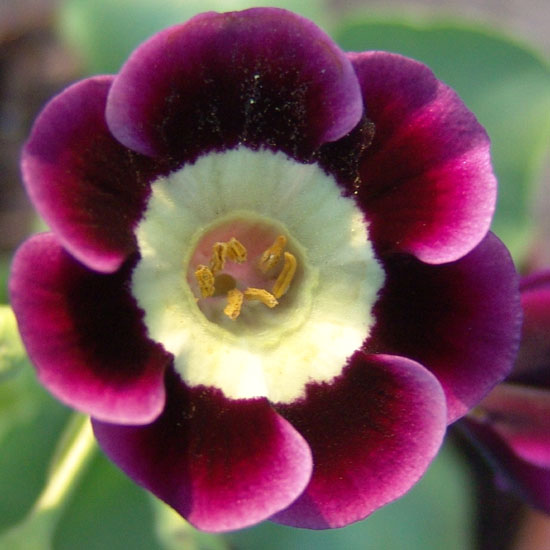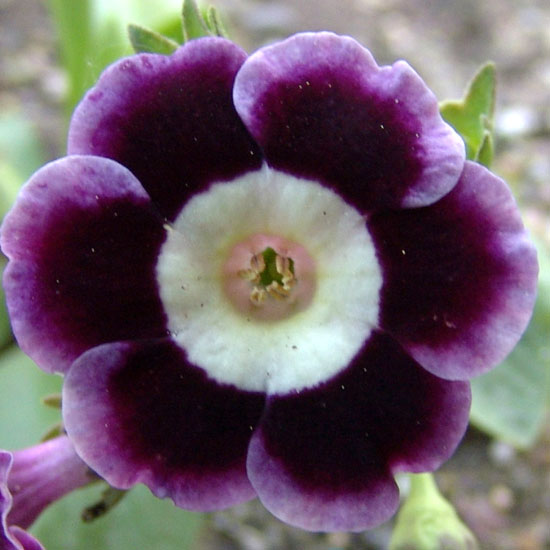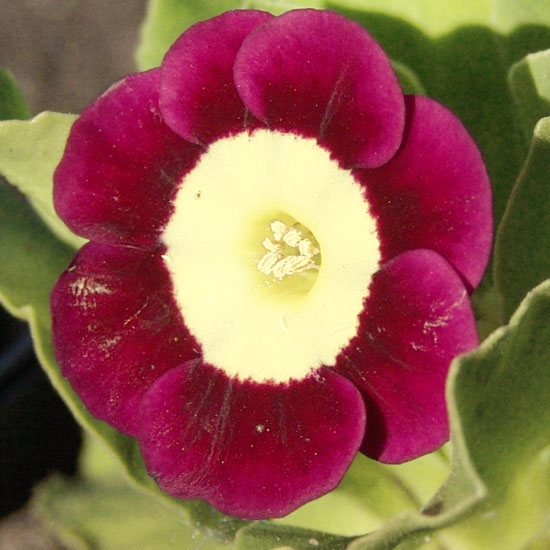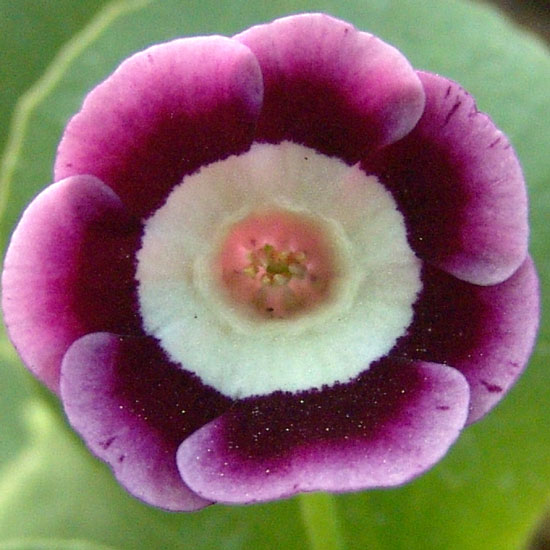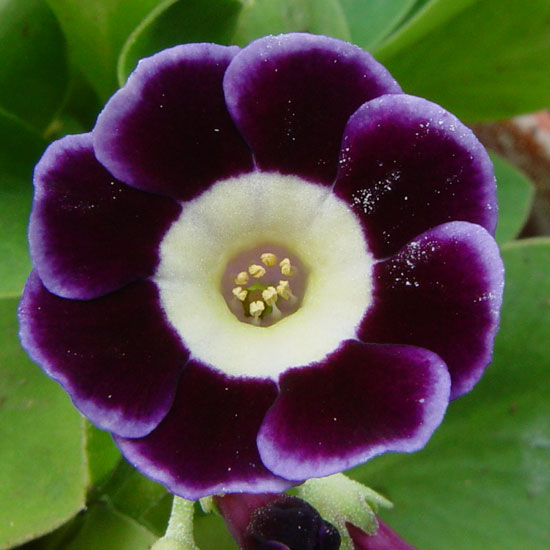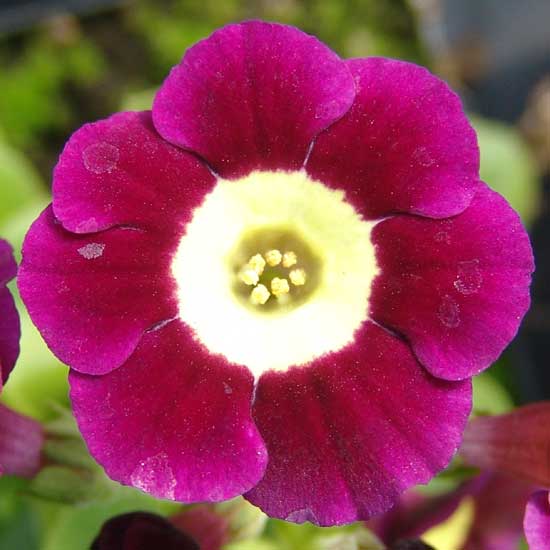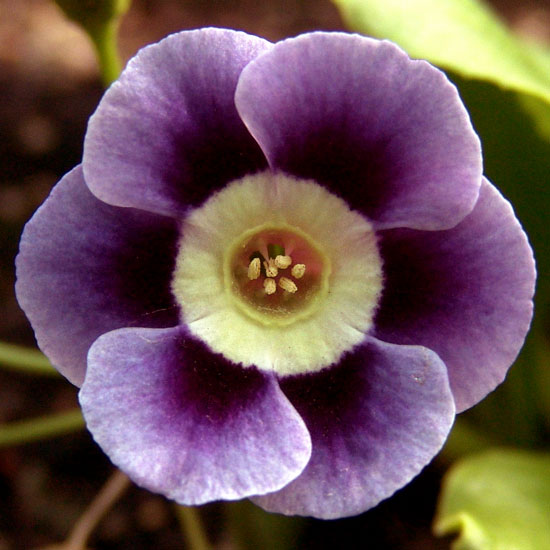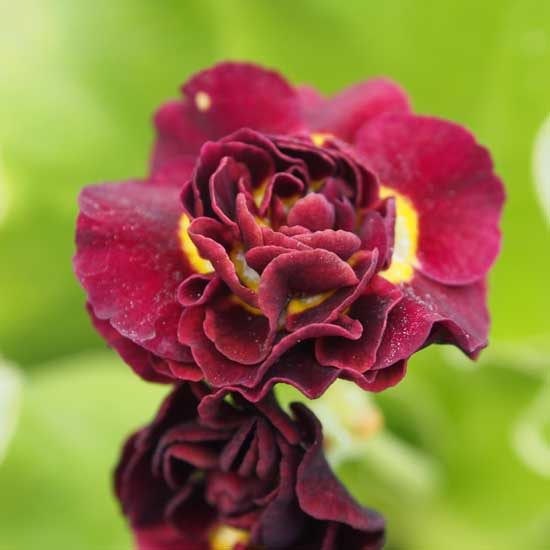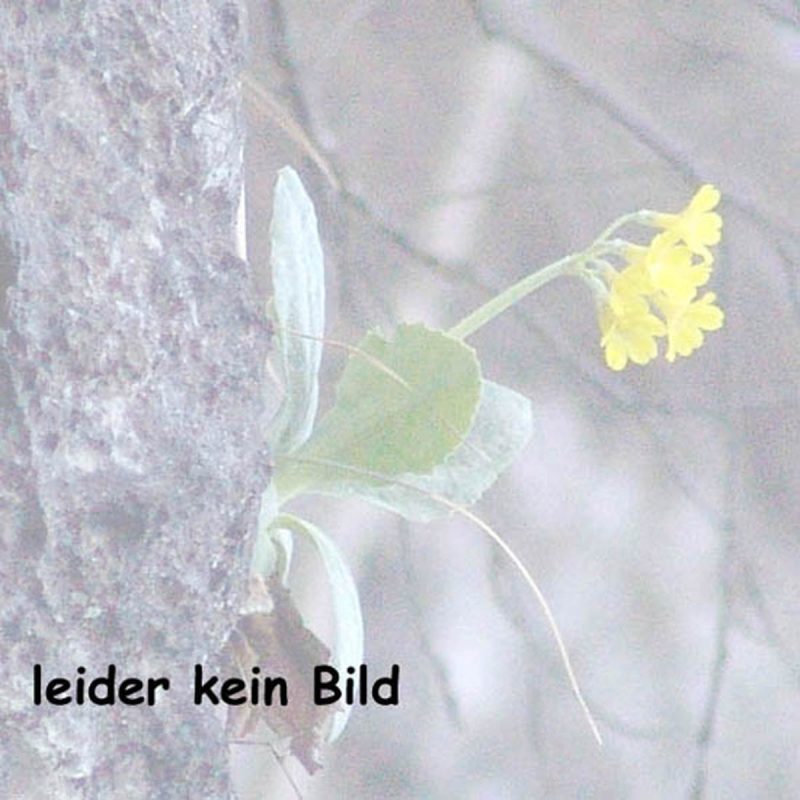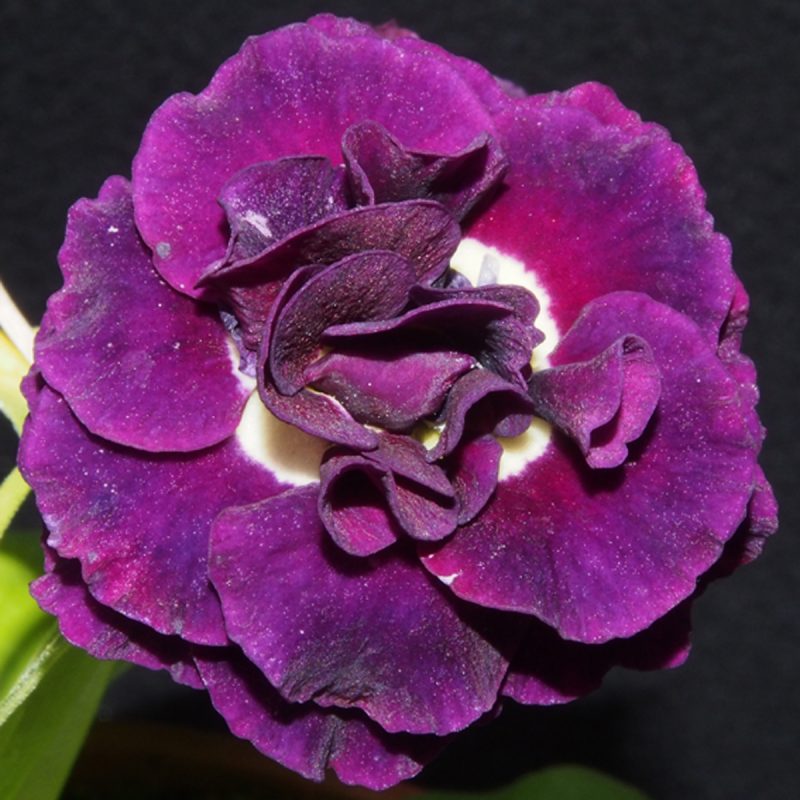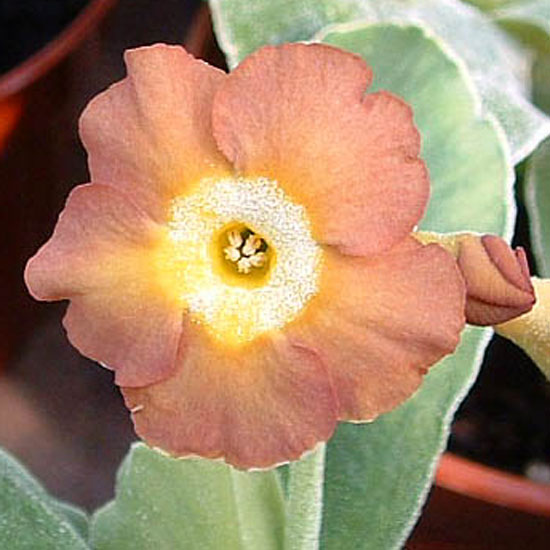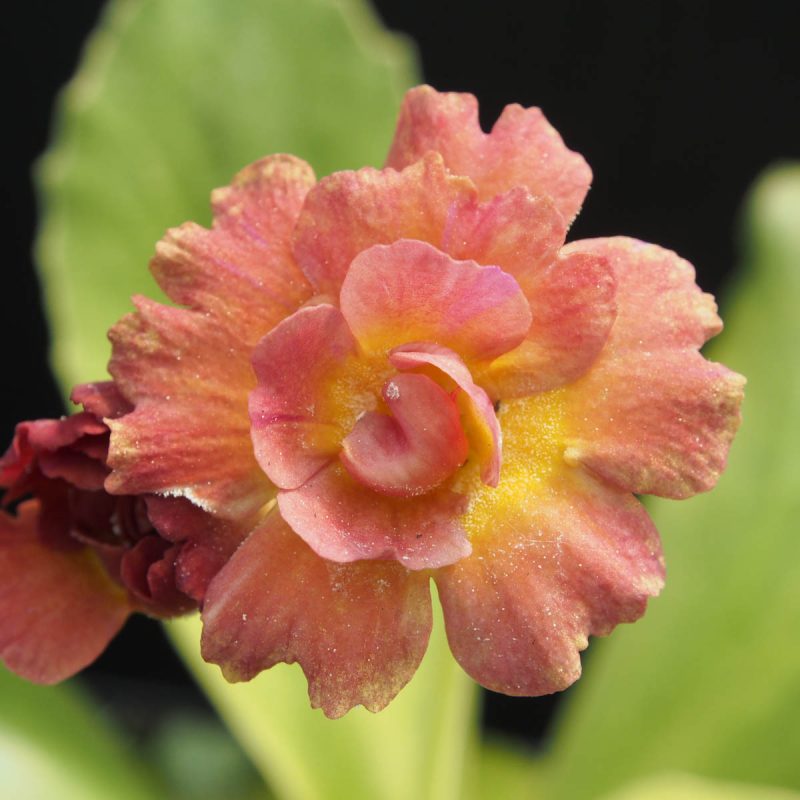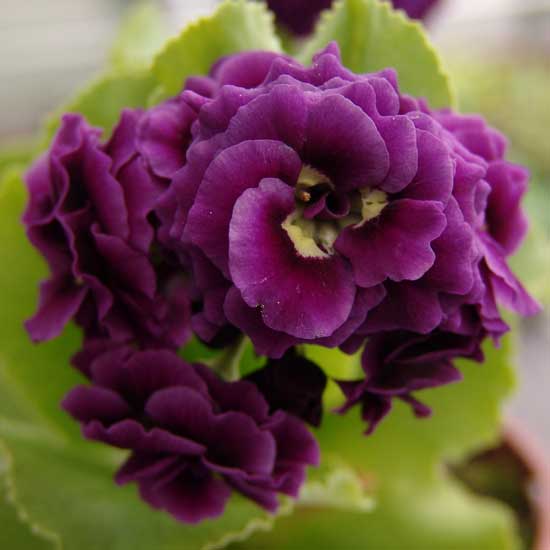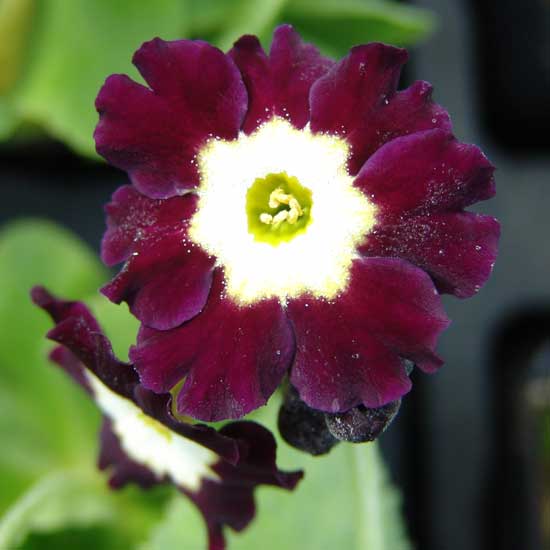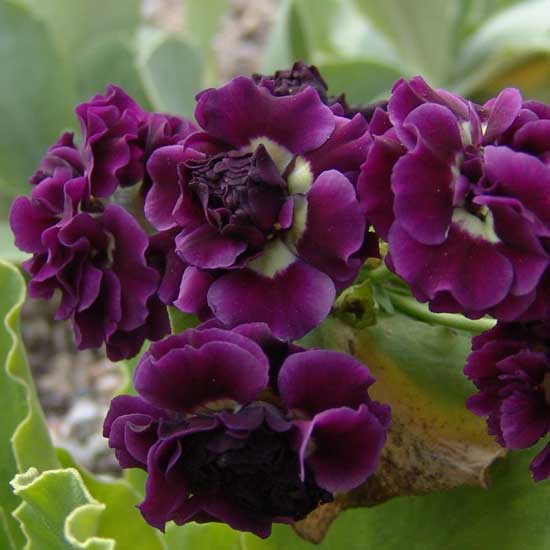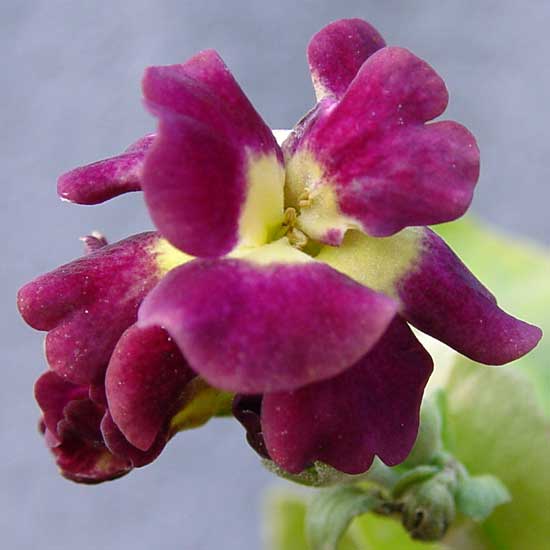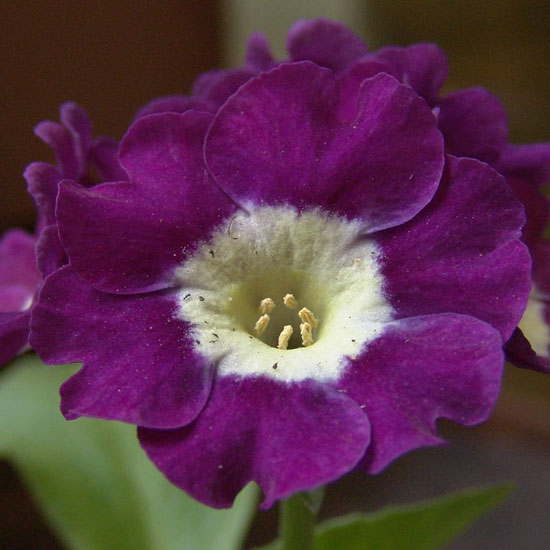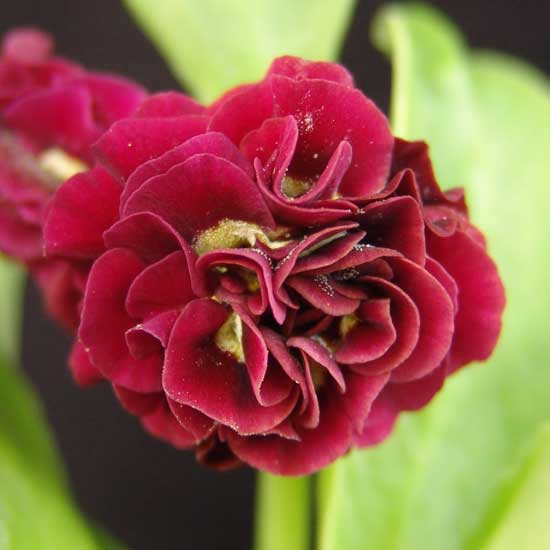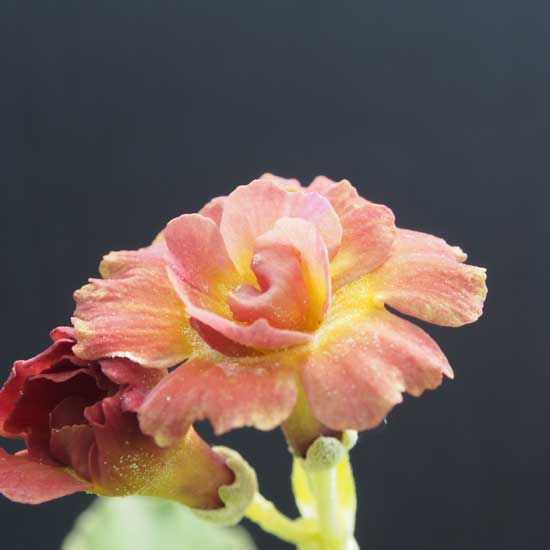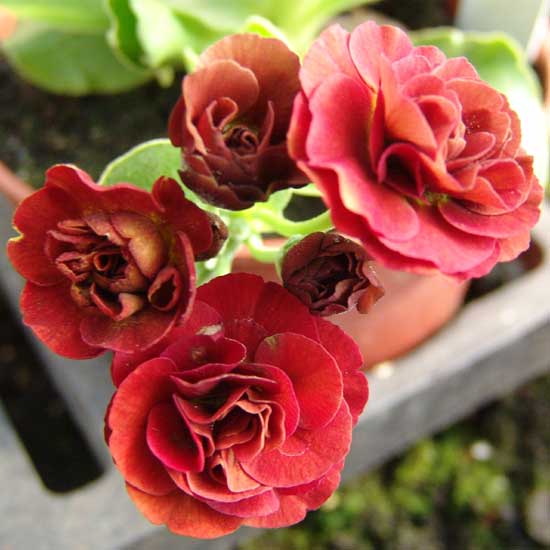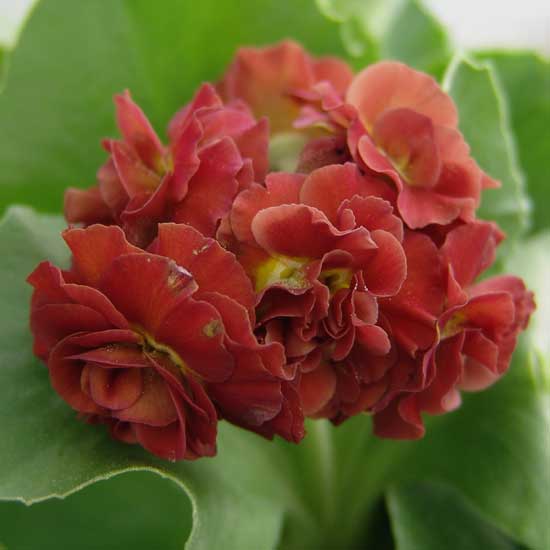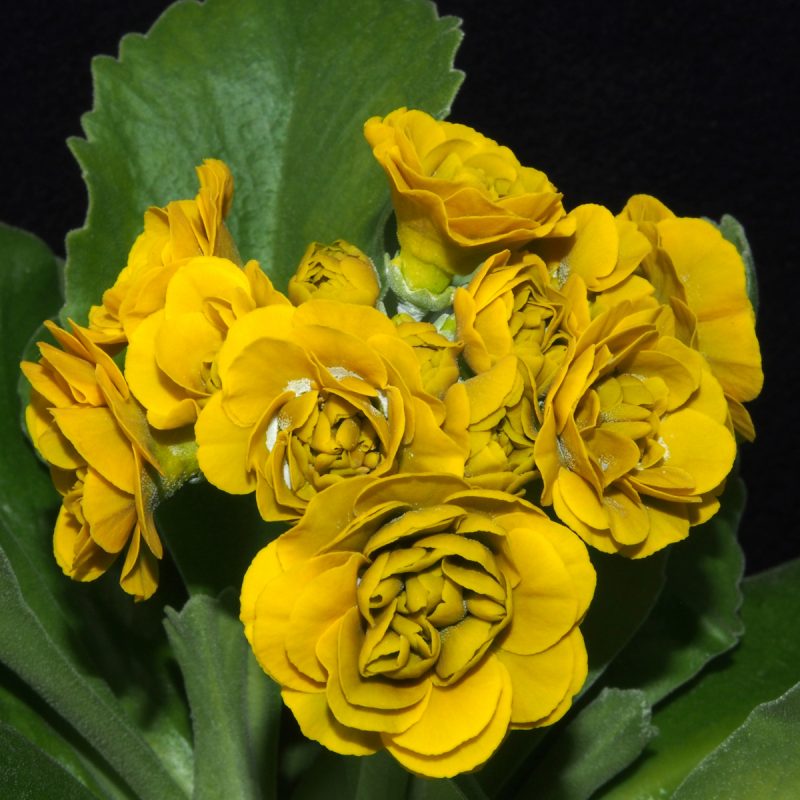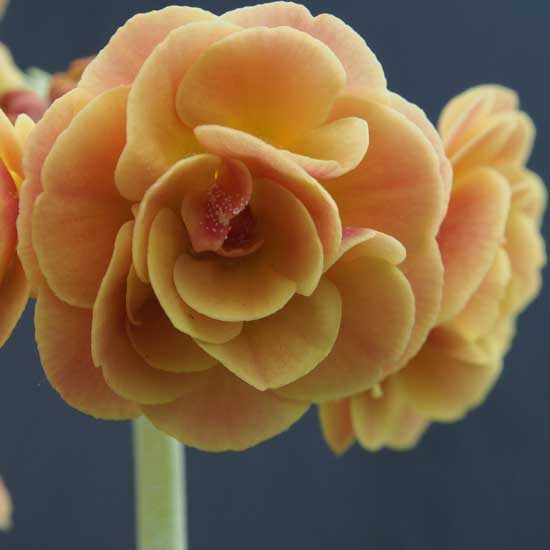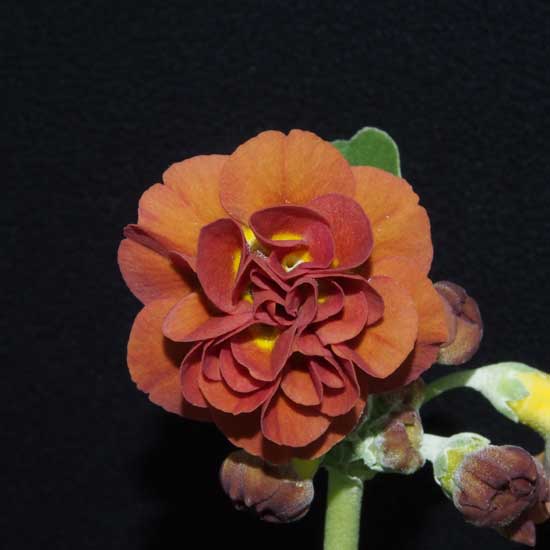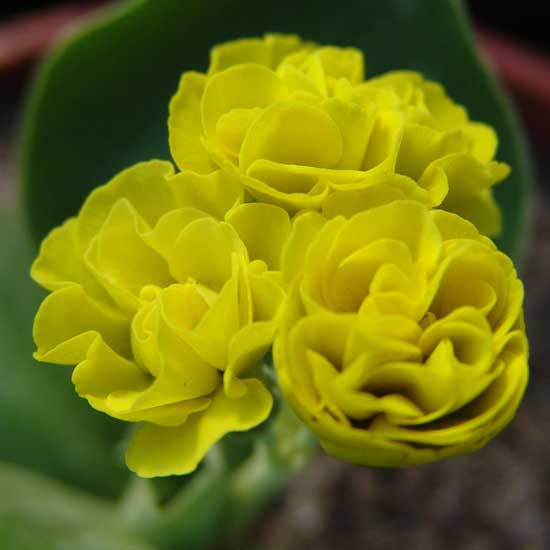In my childhood memories all auriculas are in the garden and only now do I know that grandma’s favorite plant belonged to the alpine and border group. The lively charisma of the alpine with its color gradients, the rich bloom and slight disorder of the border flower balls or the double flowers reminiscent of roses, they all have one thing in common - the vigor and good persistence in the garden bed.
All varieties in this group grow wonderfully in well-drained soils, in light, airy locations that do not get direct midday sun.
The varieties that originated in Europe (Belgium, Netherlands) as "Luiker" were improved in England in the 19th century. The collectors always asked for new shades of color and improved flowering properties - a real collector's fever broke out.
Since auricles naturally grow in gravel slopes, they have a strong tendency to grow out of the ground (so as not to suffocate in the gravel). Therefore, every two to three years they should be divided and lowered or piled with earth.
Auriculas can only be damaged by too much winter wetness and too hot summers. In the case of heavy soils, the introduction of drainage (broken bricks, stones, expanded clay, etc.) helps. With a view of the last hot summer, it is essential to choose a planting site in a shady location (away from the sun).
The subcategories
All garden auricles
-
Primula x auricula ‚ Salerno Crimson ‚ (LC)
6,50 € inkl. MwSt.inkl. 7,8 % MwSt.
zzgl. Versandkosten
-
Primula x auricula Die dunklen Mächte JP (B)
6,50 € inkl. MwSt.inkl. 7,8 % MwSt.
zzgl. Versandkosten
-
Primula x auricula Die wilden Schwäne JP (B)
6,50 € inkl. MwSt.inkl. 7,8 % MwSt.
zzgl. Versandkosten
-
Primula x auricula Forest Golden Harvest (D)
8,50 € inkl. MwSt.inkl. 7,8 % MwSt.
zzgl. Versandkosten



